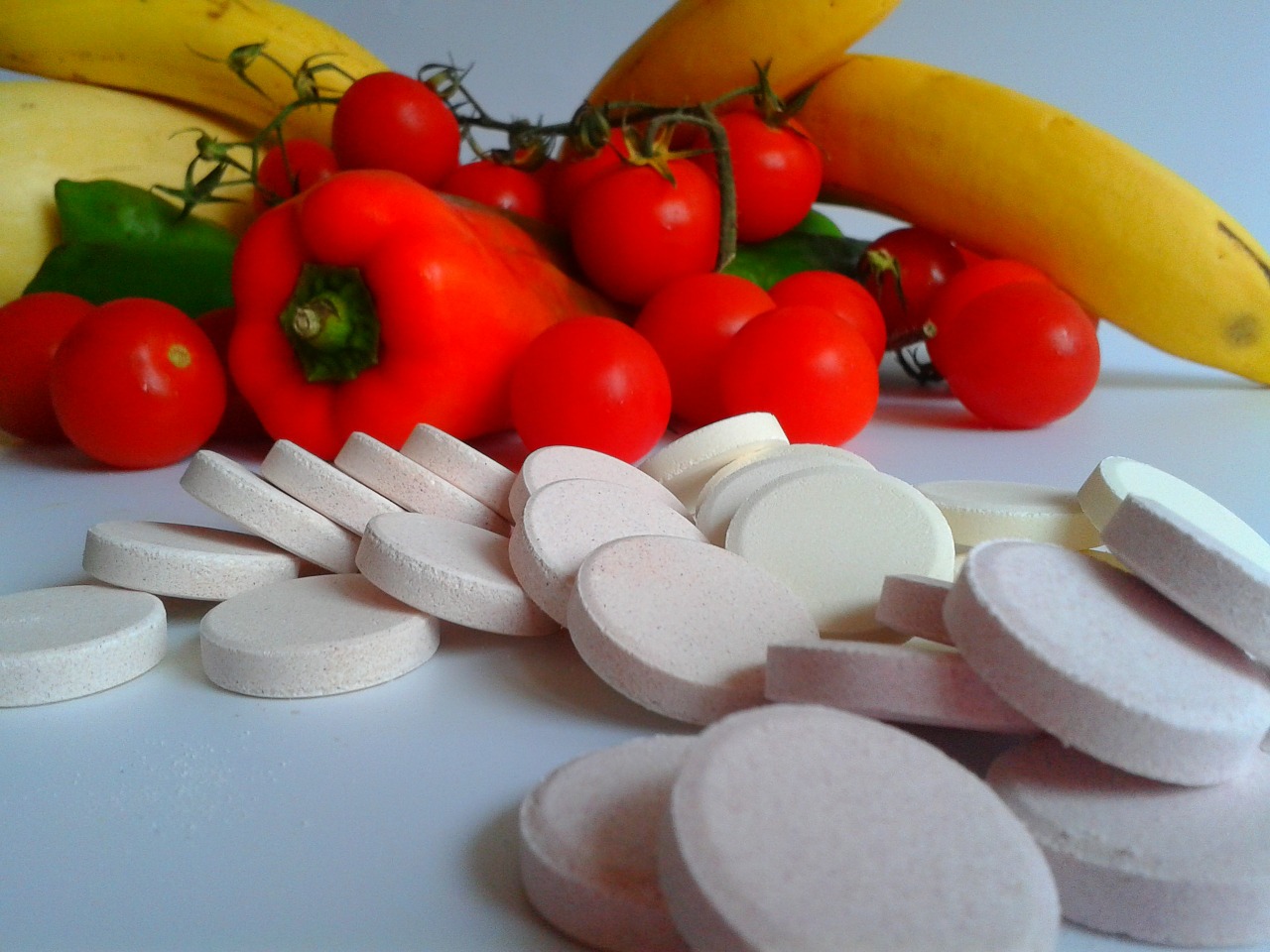Without a doubt, everyone dreams of a life full of colors and impressions. But what if there is simply no strength or mood for these very impressions. At the same time, life “on autopilot” can hardly suit anyone, and many are trying to solve the problem of sleep and rest. But no matter how many hours you sleep, the body will not be able to recover without the necessary “consumables”. And, first of all, we are talking about vitamins.
“Divide and rule”
1. Perhaps the most famous classification of vitamins is their division into water- and fat-soluble.
Fundamentally important, both for diagnosis and for use, the difference here is that fat-soluble vitamins (A, D, E, K) become available for absorption only in the presence of bile. And people with diseases of the liver, gallbladder or biliary tract are the first at risk for deficiency.
On the other hand, the ability to dissolve in fats allows these vitamins to accumulate in the body (mostly in the liver, but also in fat cells). Therefore, taking vitamin complexes with their content requires careful monitoring of the dosage and the body’s response to treatment, otherwise an overdose can be easily provoked.
Water-soluble vitamins (C and group B) are not dependent on bile, and are also not capable of “mass” accumulation. Their excess is simply excreted in the urine, and overdose is rare.
2. The following classification is based on the basic spectrum of action of vitamins:
thiamine (B1),
riboflavin (B2),
niacin (B3),
pantothenic acid (B5),
pyridoxine (B6),
folic acid (B9),
cyanocobalamin (B12),
vitamin K
and biotin
are included in the group of coenzymes.
Such vitamins are part of and determine the activity of most intracellular enzymes, which provide, in fact, all life-determining processes: from DNA synthesis to energy production.
The significance of such “consumables” obviously needs no comment. And their level is most important for maintaining energy, physical endurance and mental activity, mood, as well as the processes of recovery (healing) and tissue renewal (for example, red blood cells, which have a lifespan of only 120 days).
3. A group of antioxidants
This includes:
vitamin A,
E,
WITH
and carotenoids.
These are, in a way, “wipers” that remove toxic free radical waste generated in the course of normal life.
Lack of antioxidants leads to increased cell destruction and reduced immunity. What is most “noticeable” in relation to rapidly renewing tissues like skin, hair, nails and mucous membranes.

4. Group of prohormones
Here, today, only vitamins D and A are listed. And their action is to “guide” over biochemical processes.
5. How to understand what is missing
As already noted, vitamins exert their effect at the most basic, life-determining level. And therefore vitamin deficiencies are accompanied by such a colossal “list” of symptoms.
So,
dry skin is characteristic of a deficiency of vitamin https://en.wikipedia.org/wiki/Vitamin A, C, B6,
decreased immunity – C and A,
“Skin” inflammations – A, B6, PP,
dryness and hair loss – A, B6,
fatigue and weakness – C, A, E, B1, B2, B12,
irritability – C, B1, B6, B12, PP,
anemia – B6, B12, B9,
bleeding tendency – C, E, K.
However, this “symptom-based” gradation is rather arbitrary. And in practice, it is almost impossible to “calculate” what vitamin is lacking by the symptoms.
This can only be helped by an appropriate blood test, which allows you to check the level of both one vitamin or group (for example, fat- or water-soluble, and all basic vitamins at the same time.
